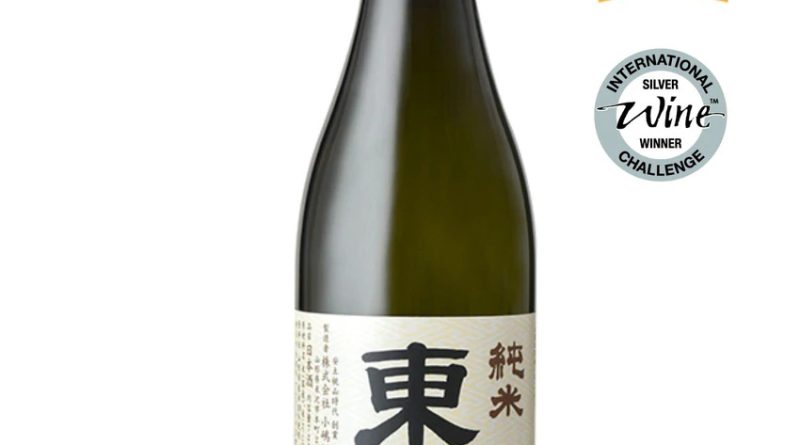A Beginner’s Guide to Sake: What Should Learn?
Who had ever wondered that Japanese alcoholic fermented rice beverages would become so popular? In English, people refer to it as sake. Keeping the language lesson aside, let’s learn a few facts and facets about sake. Also, in this guide, you will learn the types.
A Brief on Sake Terms: What A Newbie Should Understand?
The best thing about sake is there are many variations. However, the variety is overwhelming to beginners here. So, do you wish to transform yourself into a sake samurai? Now is the right time to initiate with the basics. On this note, here are a few key concepts & terms to note down.
#1 Polishing – A Fundamental Step
One of the most important steps in sake manufacturing is polishing. Before the actual process initiates, the rice kernel gets “polished.” It helps remove the outer layer of grains and expose the starchy core.
To produce excellent sake, one needs to consider polishing as a fundamental step. If you read the sake getting polished to around 60 percent, it means that 40 percent of its original rice kernel gets polished away. So, it leaves 60 percent of the original size. With a higher percentage of rice polished, the classification level gets higher.
But note that more polished rice does not necessarily mean better rice. Sake connoisseurs also choose inexpensive ones because they prioritise choosing quality ingredients.
#2 Junmai
In Japanese, it means pure rice. It means the process of separating pure rice from non-pure rice sake. The main ingredients of Junmai are:
- Water
- Rice
- Koji
- Yeast
And now, coming to the best part, no additives like alcohol or sugar get involved.
Different Types of Sake: What Should You Learn?
The given narration describes the many types of sake available in today’s world:
- Junmai
- Ginjo & Junmai Ginjo
- Honjozo
- Daiginjo & Junmai Daiginjo
- Shiboritate
- Futsushu
- Jizake
- Nigori
Tips to Drink Sake: Cold or Warm?
First things first, you must ask the shop for recommendations. They will help you know whether you can drink it warm or cold.
The next step is to refrain from extremes. While warming or chilling, you need to be careful. Do not over-chill or overheat it. When you tend to warm it, please do not heat it directly. Instead, the best way to heat it is by pouring it into a receptacle. The best example would be a sake carafe that may handle the heat. Avoid heating it too intensely, so do not use a micro oven.
Buy Imanishiki Tokubetsu Junmai sake from a reliable online store today. It is all-around sake for both light and heavy sake drinkers. It comprises a gentle aroma and a light taste. With a wonderful combination of flower petals’ aroma, it includes flavours like apple, cream cake, and toffee. Consult The Art of Saké.
The Art of Saké got established in 2008 as the premium saké distributor in Singapore. The company imports premium quality Japanese saké from the brewery. What they do is source & visit artisans in Japan. Being on top of the current saké distribution, they can consult & support F&B clients with customer-centric solutions.
